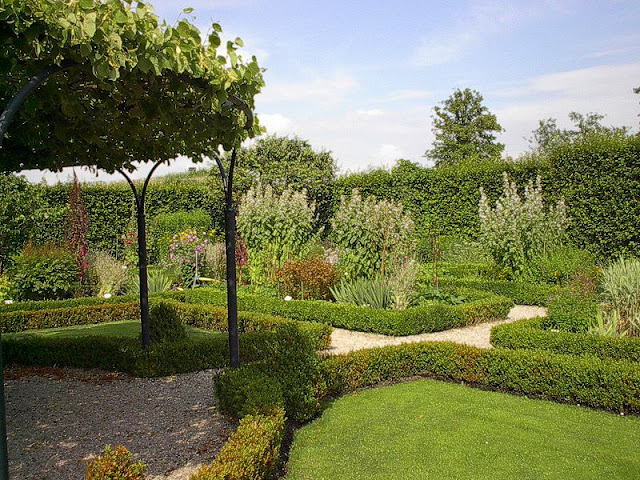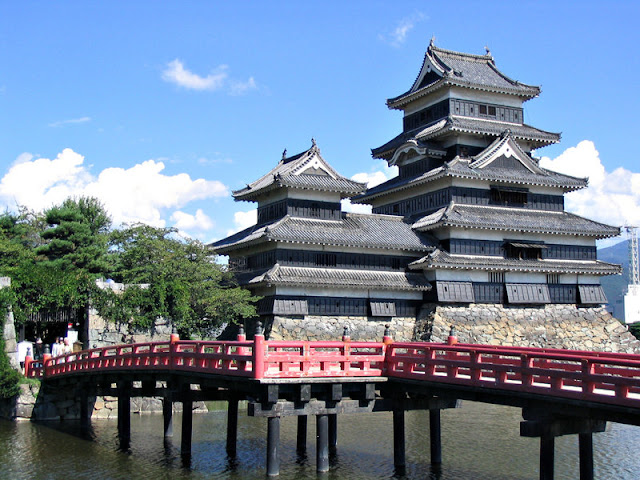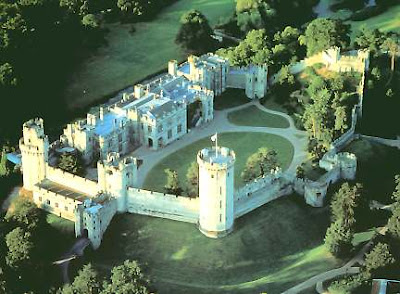Beloeil Castle
BelgiumBeloeil Castle is one of the largest and most beautiful castle in Belgium. It was founded in the 13th century as a medieval fortress, then was progressively transformed into a residential palace in the 17th and 18th century. The central part of the castle was devastated by a fire in 1900, and rebuilt 2 years later.
Since 1394, the castle has belonged to the Princes of Ligne, one of Belgium's highest ranking noble family. The family has its roots in the village of Ligne, eight kilometres north-east of Beloeil.
The castle has a pleasant French-style park expanding on 120 hectares - the greatest part of which runs across the village of Beloeil, outside the property's boundaries. A rectangular artificial lake faces the castle, with classical statues at each end. Take a look at the enormous carps that swim in the moat surrounding the castles.
Every year for one week in Spring (usually late April-early May), the castle holds a floral show, with some 2,000 amaryllis and 600 orchids exhibited in the various rooms of the castle open to the public.
Since 1394, the castle has belonged to the Princes of Ligne, one of Belgium's highest ranking noble family. The family has its roots in the village of Ligne, eight kilometres north-east of Beloeil.
The castle has a pleasant French-style park expanding on 120 hectares - the greatest part of which runs across the village of Beloeil, outside the property's boundaries. A rectangular artificial lake faces the castle, with classical statues at each end. Take a look at the enormous carps that swim in the moat surrounding the castles.
Every year for one week in Spring (usually late April-early May), the castle holds a floral show, with some 2,000 amaryllis and 600 orchids exhibited in the various rooms of the castle open to the public.





























































